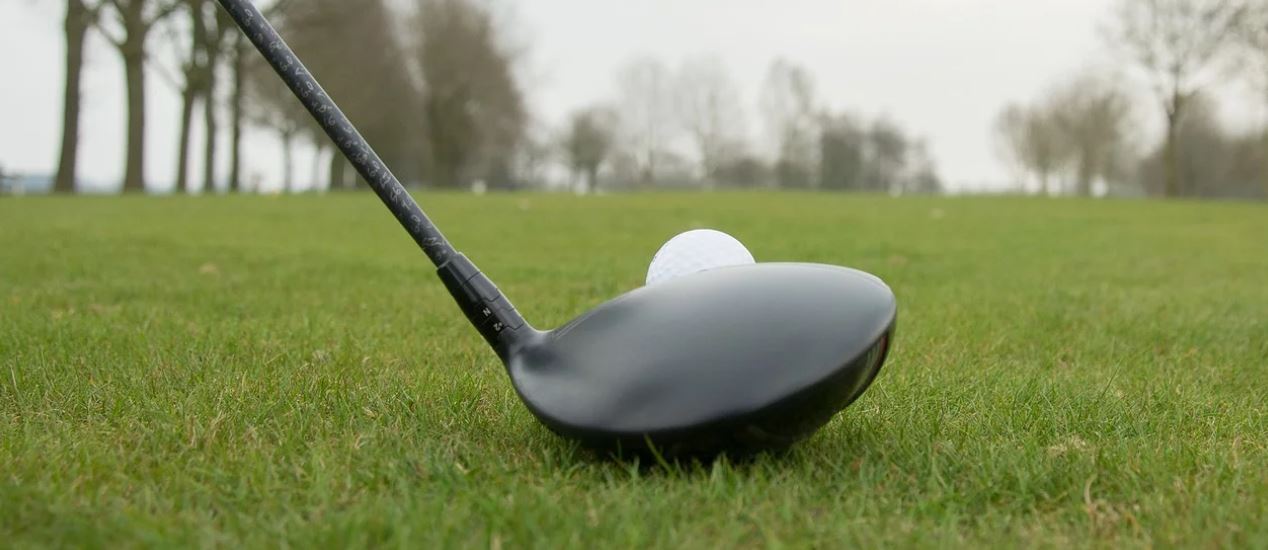Is A Higher Lofted Driver Easier To Hit – A Guide To Driver Lofts
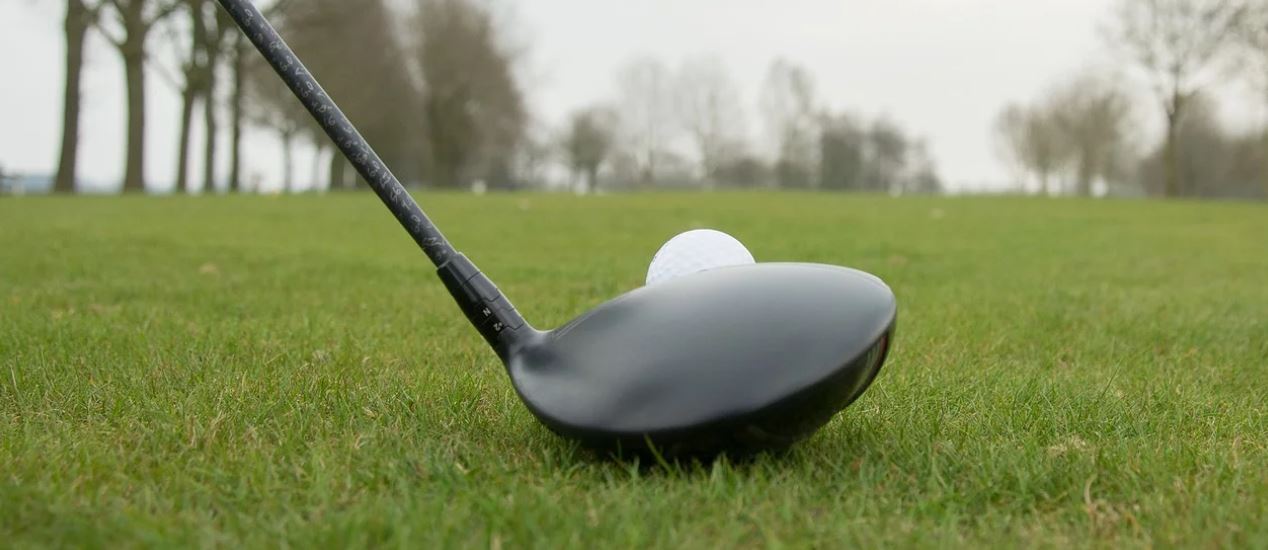
What is the degree of loft on your driver? Do you find it easy to hit, or are you struggling to get a consistent flight off the tee?
The answers to these questions may lie in the degree of loft on your club and the way in which it impacts your ability to achieve your desired shot shape.
In this article, where are answering the question, is a higher lofted driver easier to hit? We will analyze the varying degrees of driver lofts and provide the features and benefits of the various options on the market.
How Important Is The Loft Of Your Driver?
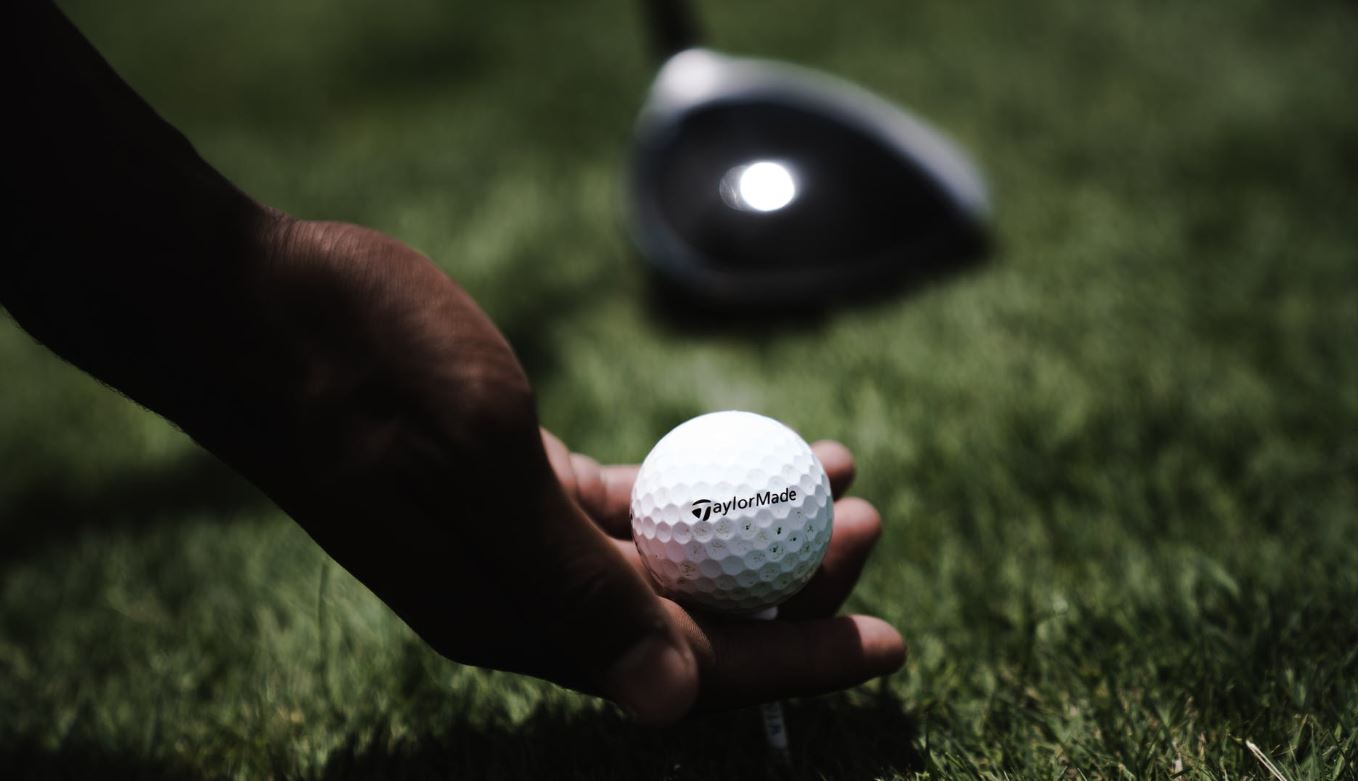
The loft of your driver plays a vital role in determining how high you launch the ball.
Drivers with strong lofts are often used, by faster swinging golfers, who have no problem generating sufficient ball speed and spin to send the ball skywards.
Conversely, slower swinging golfers tend to find it easier to hit drivers with weakened lofts that provide additional launch assistance.
Is A Higher Lofted Driver Easier To Hit?
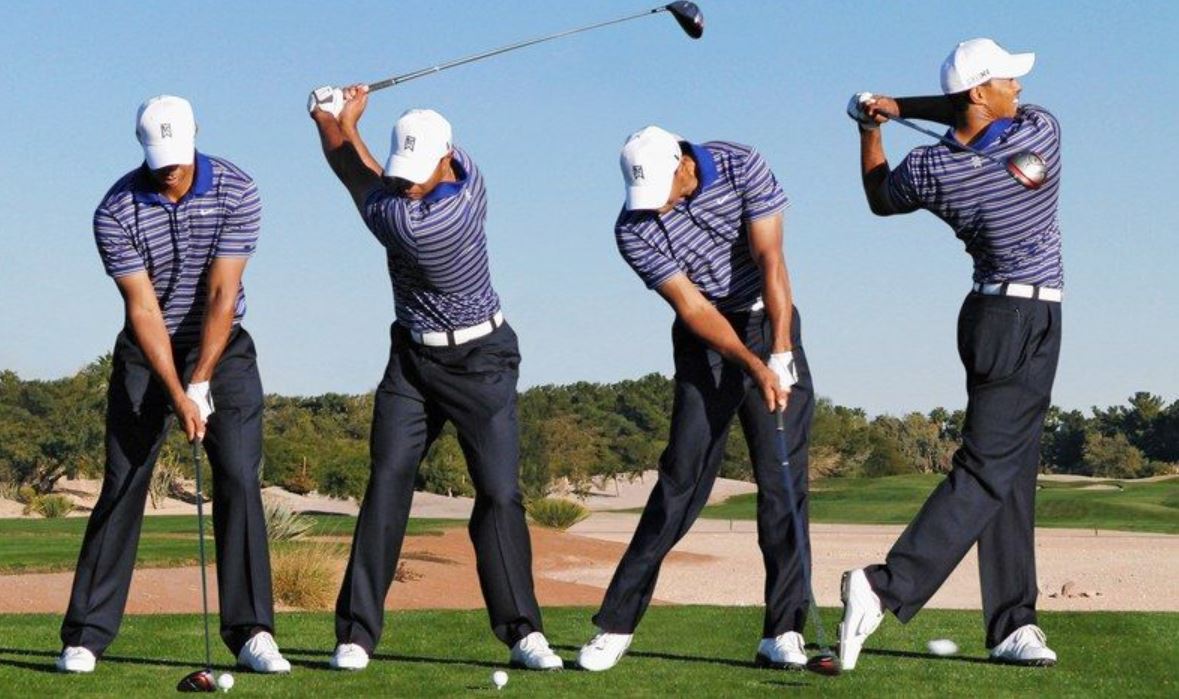
Over the years, I have found that slower swinging players find it easier to hit a driver with a higher loft.
The added loft helps players get the ball in the air consistently, offer strong lofted drivers.
I have also found that faster swinging players are at risk of skying their shots off the tee if they use a higher loft.
The reason for this is because faster swinging players can generate sufficient ball speed and spin to send the ball skyward, and an additional loft will deliver excessive height.
How To Know What Loft You Need?
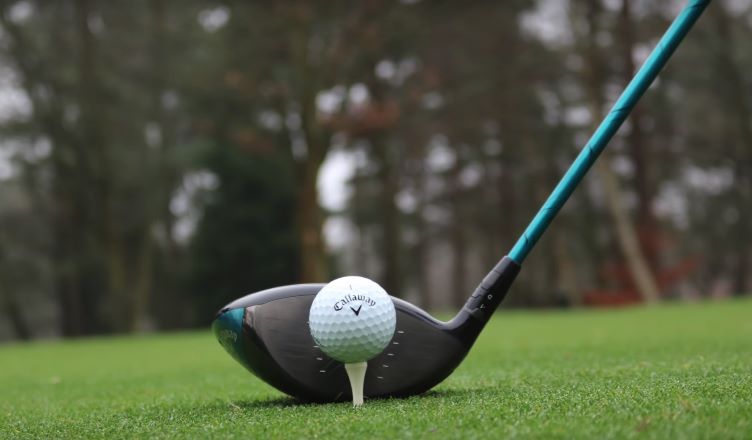
The best way to determine the correct driver loft for your game is to visit you, local fitter, for a whack on the launch monitor and in-depth analysis. The fitter will guide you towards finding the perfect loft for your game.
Alternatively, you could look at your current loft and identify whether your apex is too high or low. Then make a choice from there.
If your apex is too high, a strong lofted driver is worth testing. However, if your apex is too low, it would be a good idea to use a weaker lofted driver.
Loft Vs Swing Speed Table?
The statistics below were acquired from a Golfweek article by Jackson Lewis.
Swing Speed |
Proposed Loft |
>105 mph |
7 – 9 degrees |
95 – 104 mph |
10 – 11 degrees |
85 – 94 mph |
10.5 – 12 degrees |
< 84 mph |
12 – 16 degrees |
What Are The Advantages Of A Higher Lofted Driver?
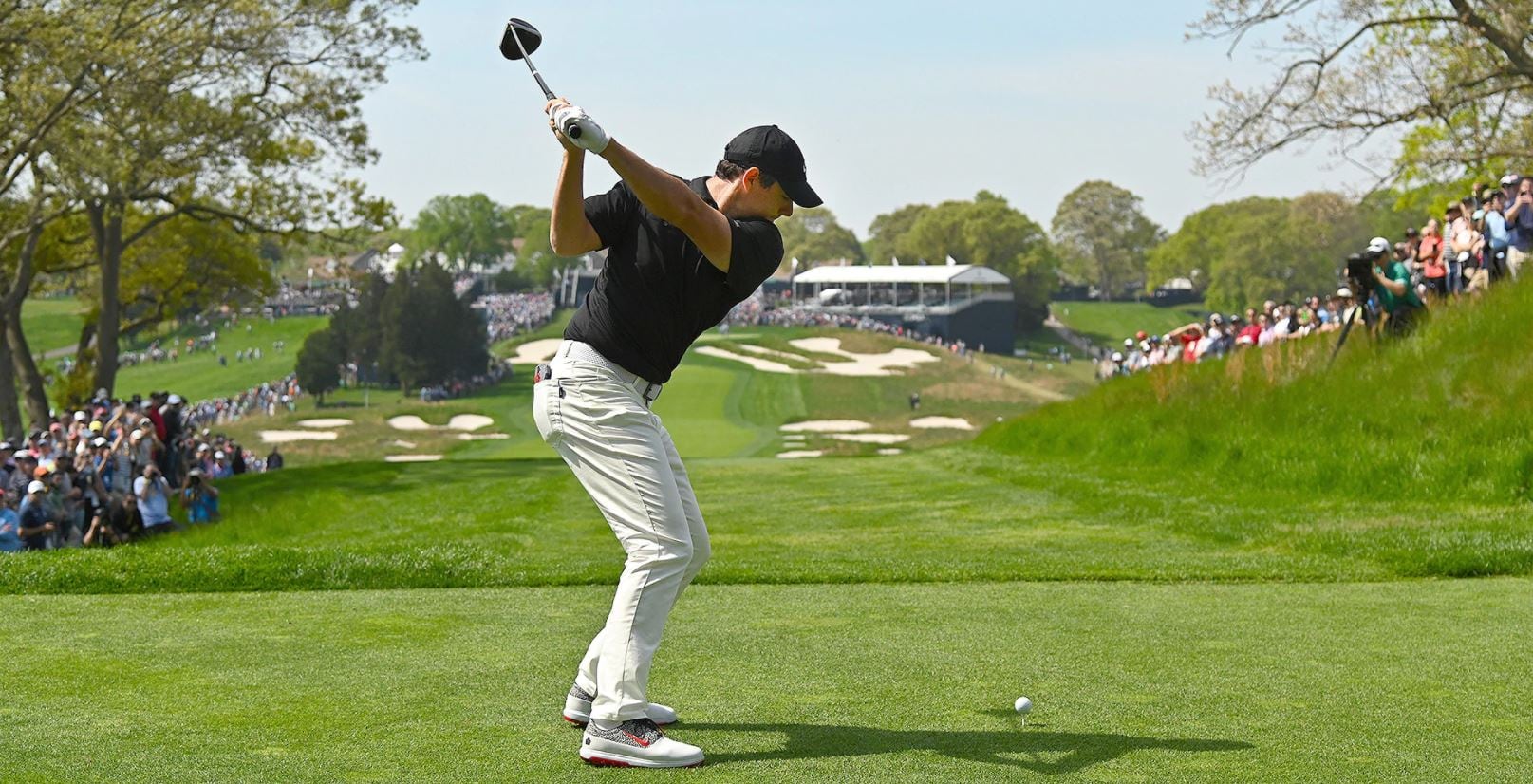
Easy To Launch
The higher degree of loft makes it easier for slow swinging players to launch the ball high and long.
Golfers in this bracket struggle to generate the level of ball speed required to launch a driver with stronger lofts, meaning a weaker lofted club is the best option.
Angle Of Attack
If you have struggled to increase the angle of attack with your current driver, a high lofted option can assist you off the tee.
However, keep in mind that the weaker loft will generate more spin and reduce your smash factor, resulting in a loss of distance.
Optimizes Carry
The team at Trackman explain that as clubhead speed decreases, a higher degree of launch and more spin is required to optimize carry.
What that means is the slower your swing speed, the more loft you need to get your ball airborne.
Consistency
The average golfer will benefit from more loft, as it will help you achieve a higher, powerful launch more consistently than you would with a stronger lofted club.
Softer Landing’s
If you are a shorter hitter, you may need to use your driver to reach par 3, greens.
This is especially relavent to seniors and juniors. In this case, a higher loft will help you launch the ball high and land it soft to hold the green.
Are They Better For Beginners?
A weaker lofted driver is beneficial for beginners. When you first start, you will likely be unable to consistently generate sufficient ball speed at impact to send a low lofted drive down the fairway.
As a result, the higher loft will aid you with a higher degree of launch and increased spin. While it does not provide optimal distance, it offers consistency to keep you in play off the tee.
What Are The Disadvantages?
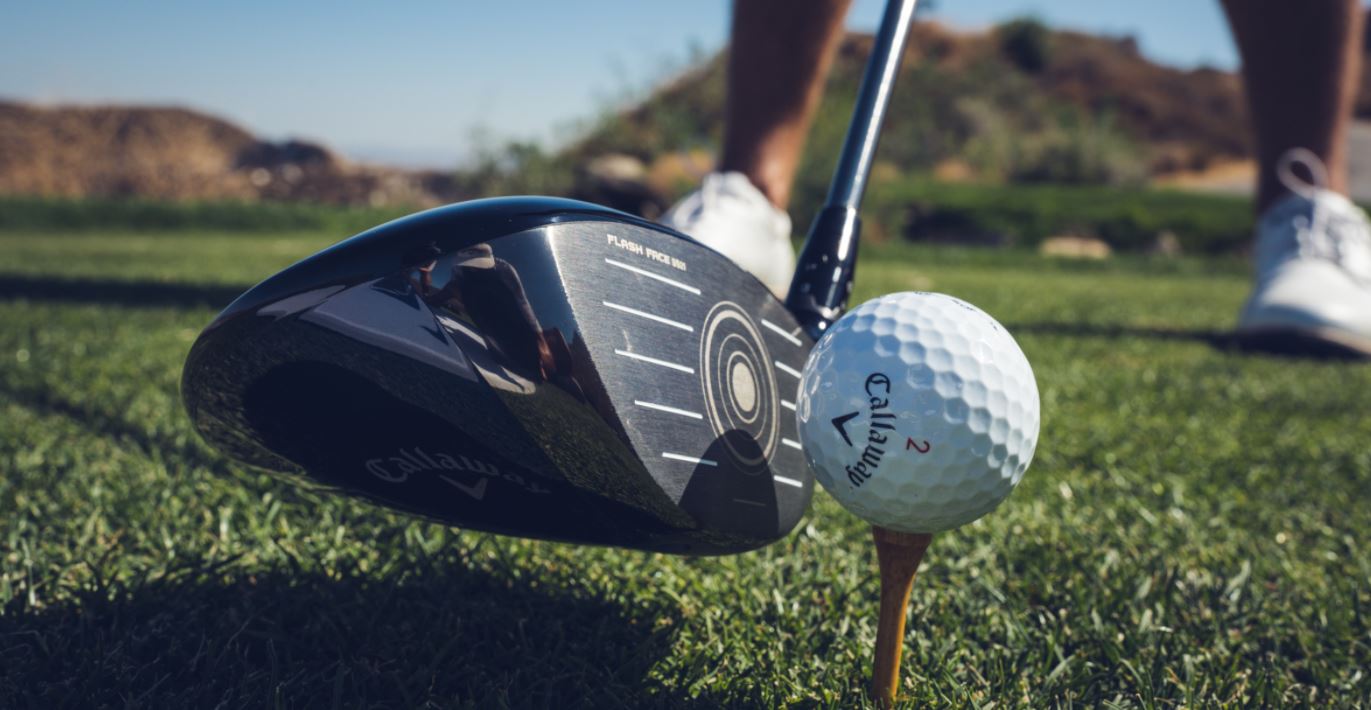
Reduced Smash Factor
When you use a weaker lofted driver with the same angle of attack on your swing, it generates excess spin, leading to a reduced smash factor.
As a result, most golfers who play with high lofted drivers will not be the longest hitters around.
Ballooned Shots
While some faster-swinging golfers may enjoy more distance from a higher lofted driver, many may sky their shots and lose distance off the tee.
The higher loft leads to increased levels of spin, which translates into a ballooned shot.
Less Roll
The softer landings of a high lofted driver can be detrimental to your game on courses that demand run.
The lack of run will cost you total distance, and on longer par 4’s put you out of contention of reaching in two.
How To Know If You Need More Driver Loft?
For starters, the best way to determine if you need more loft is to use the guide set out by Jackson Lewis.
Secondly, if you are struggling to achieve consistent height on your drives, it is worth considering additional loft to help your launch.
How To Know If You Need Less Driver Loft?
If you tend to sky your shots off the tee as a result of excessive spin generation, it is time to consider less loft.
A few years ago, I switched from a 10.5 degree to an 8.5-degree driver to generate a lower ball flight, and I have never been happier.
Since I have a faster swing, I skied my drives and lost considerable distance more often than not. Switching to a lower degree of loft did the trick, and I now enjoy a more controlled launch.
Why Can I Hit My 3 Wood But Not My Driver?
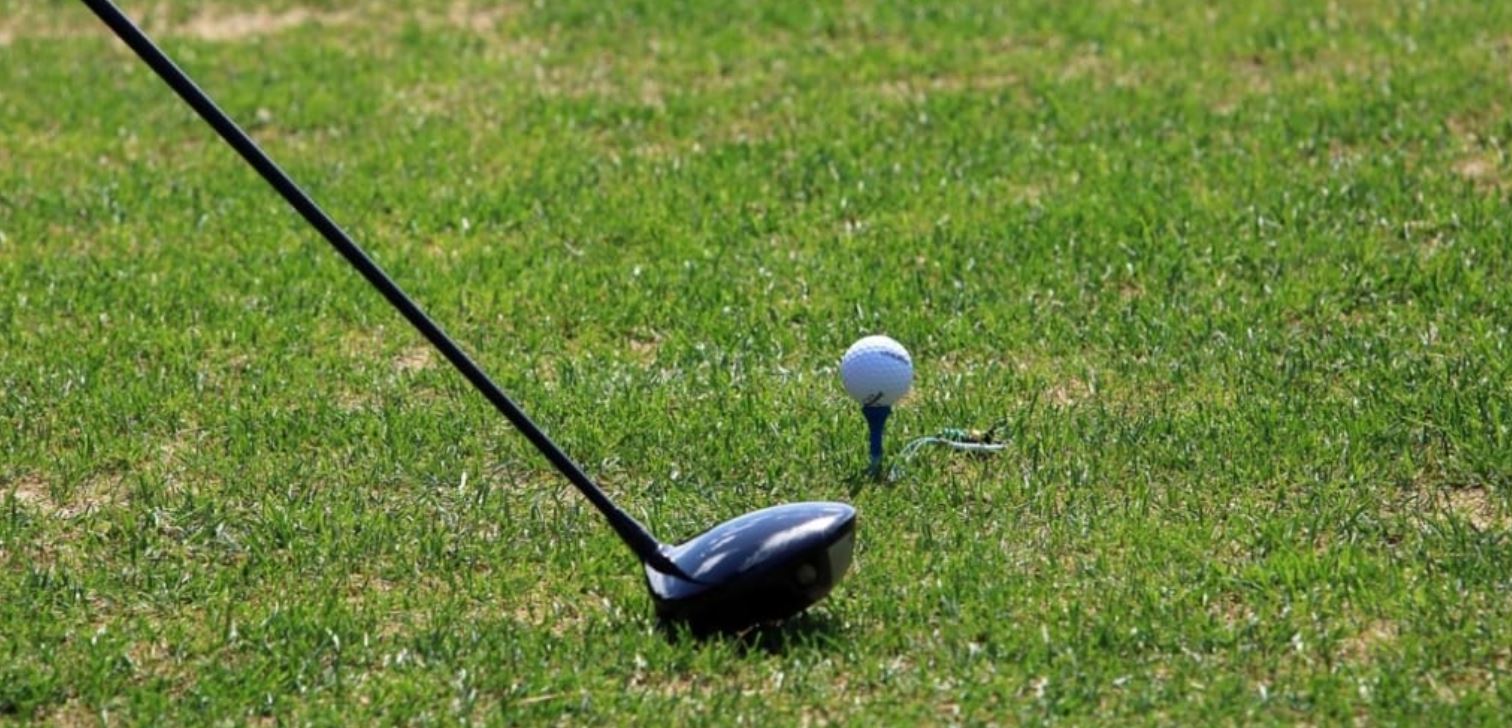
Many amateurs find that the additional loft of a 3-wood, combined with the shorter shaft length, help them to gain consistency off the tee.
The larger clubhead, longer and heavier shaft makes it challenging for the average golfer to get the ball airborne.
As a result, a 3-wood or 5-wood is easier for many to use off the tee in place of a driver.
However, one will not enjoy the level of distance you would if you hit a driver cleanly.
Will I Get More Distance With Less Or More Loft?
It depends on the player as to whether you get more distance with less or more loft.
In my scenario, I hit an 8.5-degree driver 10 yards further on average than a 10.5-degree driver. However, my swing speed is around 105 mph.
Slower swinging players will not enjoy as much distance with a stronger lofted driver, as they will struggle to generate sufficient ball speed to send the ball high and long.
Therefore, slower swinging players will achieve more consistency in terms of distance with a higher lofted driver over a strengthened option.
Is A Higher Lofted Driver More Accurate?
Ultimately the accuracy of your shot will come down to the mechanics of your swing. And the position of your clubface at impact.
So, a higher loft driver is not necessarily more accurate, but it does help slower swinging golfers to get the ball airborne to achieve maximum distance.
Who Should Use A 9 Degree Driver?

Golf Week’s Jackson Lewis explains that players with a swing speed over 105 mph.
Should use a driver between 7 to 9 degrees. As a result, fast and super-fast swinging golfers should use a 9-degree driver.
Who Should Use A 10.5 Degree Driver?
Sticking with the advice of Lewis, we see that a 10, or 11-degree driver loft is recommended, for players that swing a driver between 94 mph and 104 mph.
In other words, these are players with a moderate to fast swing speed.
Who Should Use A 12 Degree Driver?
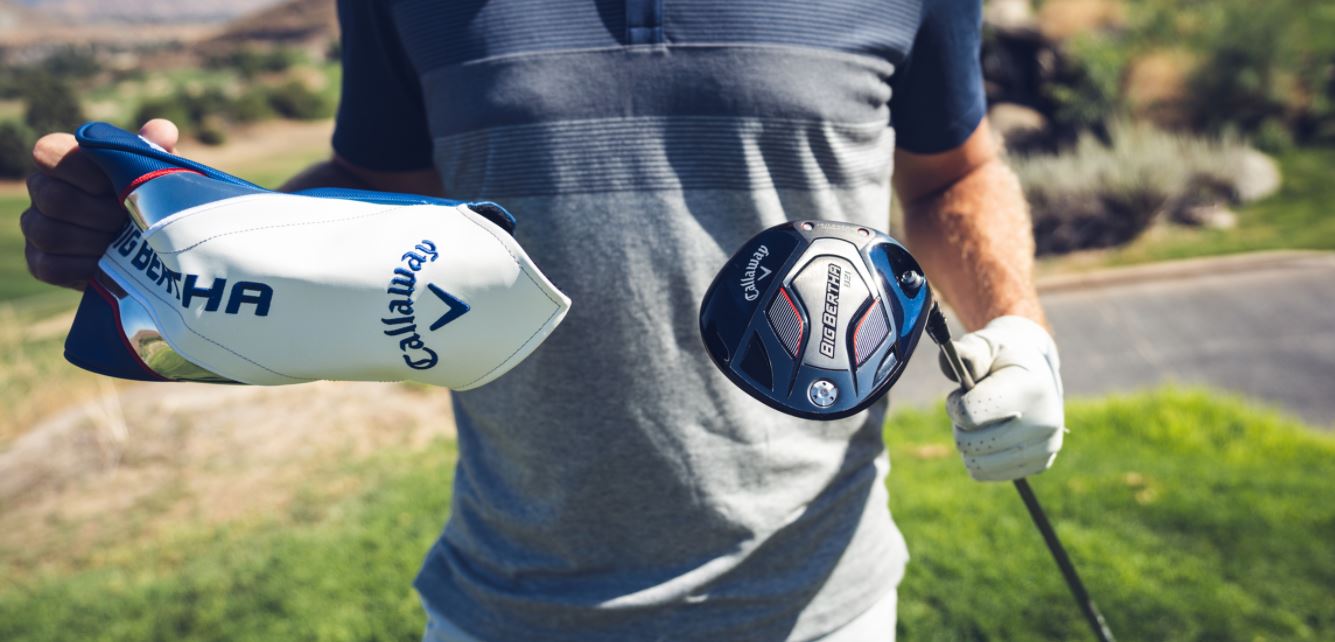
Typically, golfers with moderate swing speeds are suited to a 12-degree driver.
These are players who swing a driver between 84 mph to 94 mph.
Who Should Use A 15 degree Driver?
The most lofted drivers on the market are equivalent to a strengthened 3-wood loft.
As a result, if we continue to follow Lewis’ approach. Then any player with a swing speed below 84 mph is well suited to using a 15-degree driver.
Conclusion On Is A Higher Lofted Driver Easier To Hit
The answer to our question is a higher lofted driver easier to hit is yes.
If you are a slow swinging golfer who needs the added loft to help you consistently launch your ball high and far off the tee.

